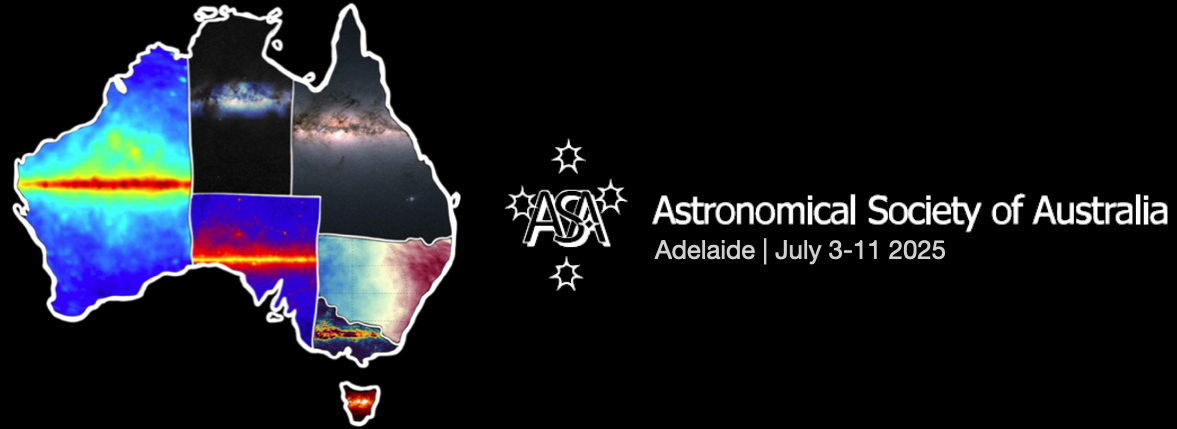Speaker
Description
Stellar and gas kinematics are sensitive to the underlying mass distribution within galaxies, hence they can be used to understand the mass assembly of massive galaxies. Due to gas being a fundamentally different fluid to stars, one can compare gas and stellar kinematics to disentangle the effects of internal and external physical processes as well as environment on galaxy evolution. Using a sample of star-forming and quiescent galaxies from the Middle Ages Galaxy Properties in IFS (MAGPI) and Sydney-Anglo Australian Multi Integral field (SAMI) Galaxy Surveys, I will discuss how we measured and compared kinematic disturbances in both the stars and gas to dissect individual drivers of galaxy evolution. I will show that, in both MAGPI and SAMI, massive galaxies with older stellar populations tend to have larger gas kinematics disturbances compared to their stars, whereas the opposite is true for galaxies with younger stellar populations. These results are consistent with massive galaxies with older stellar populations continuing to accrete gas and galaxies with younger stellar populations growing from gas-rich mergers. Focusing on galaxy environment, I will also present results of stellar and gas kinematic disturbances of SAMI cluster galaxies, showing how specifically the cluster, rather than just high-density environments can influence the dynamics and structure of galaxies.

